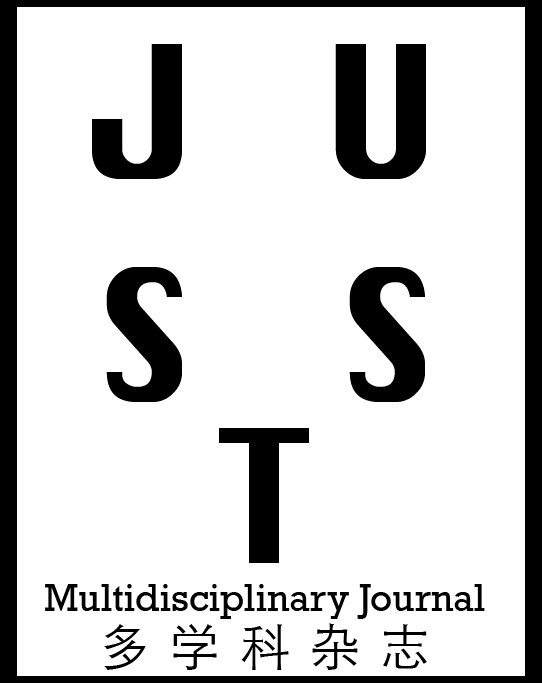Multi-material lightweight structures are gaining a great deal of attention in several industries,
especially the aerospace and automobile industry, great emphasis has been placed upon
aluminium and magnesium alloys due to their high specific strength, improved performance and
low density among other unique properties. Welding of dissimilar Mg and Al is challenging due
to the formation of brittle intermetallic compound (IMCs) such as Mg17Al12 and Mg2Al3. In
order to increase the joint strength and obtain defect free joining of light alloys , two main
approaches were used to eliminate or reduce the Mg-Al intermetallic reaction layer. First,
Control important processing parameters of solid state welding technique, FSW which have a
low welding temperature were used to reduce the IMCs. Second, Employing interlayers such as
Ni and Zn foil during welding of Al to Mg could be a feasible approach to eliminate intermetallic
and improve mechanical and electrochemical properties of the joints. Effect of different
interlayers and some important processing parameters and their effects on weld quality are
discussed, and the microstructure and metallurgical reaction are described. Mechanical properties
of welds such as hardness and tensile are discussed.
